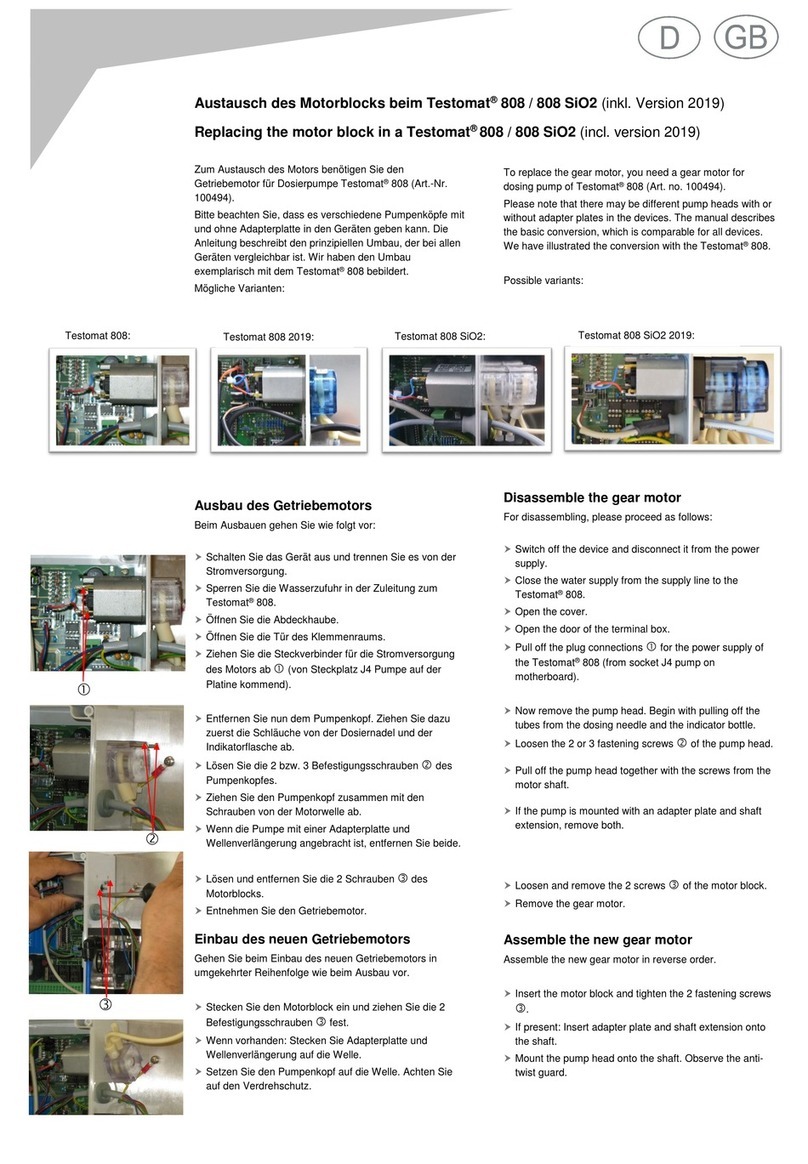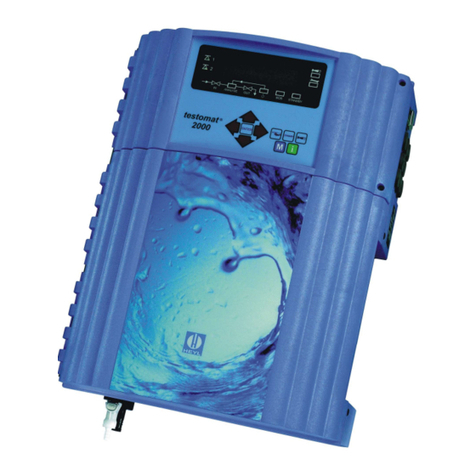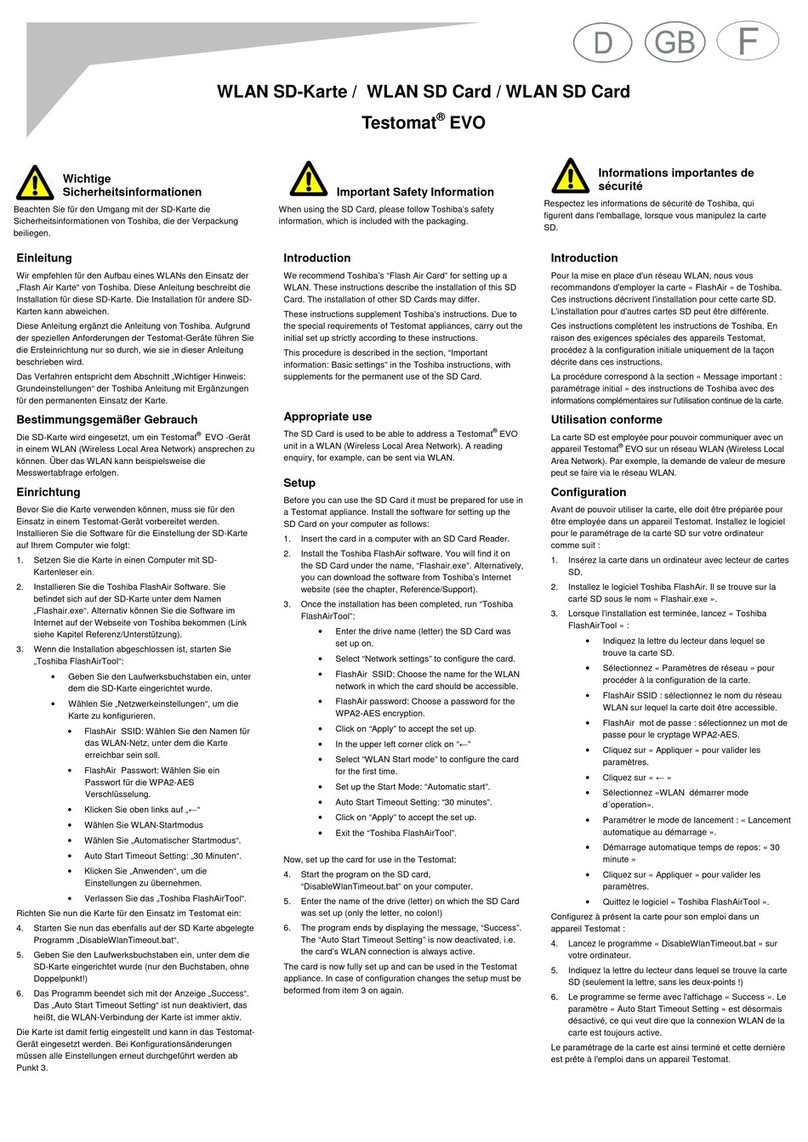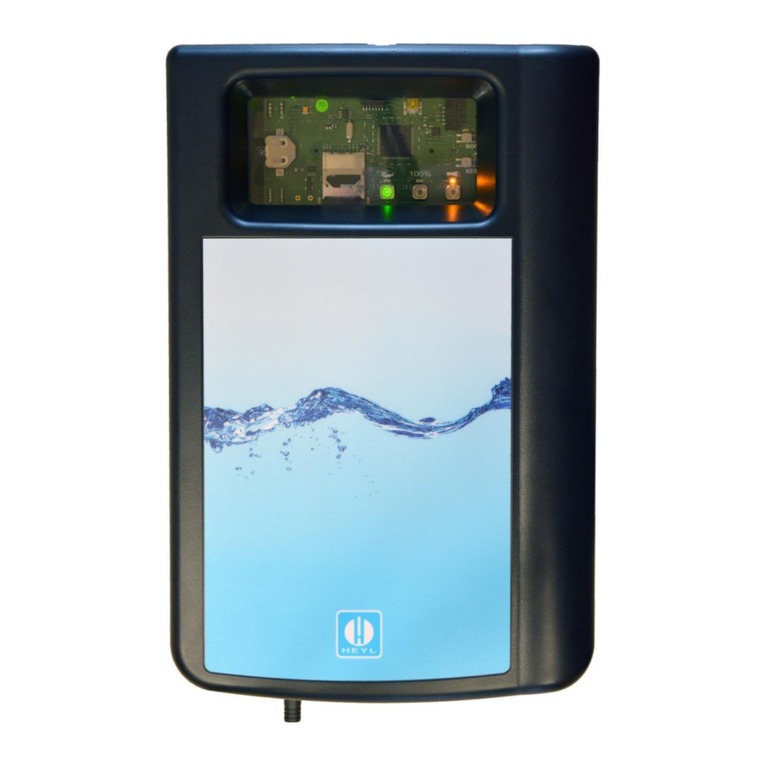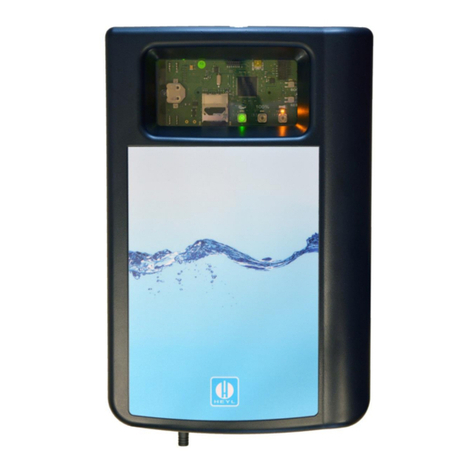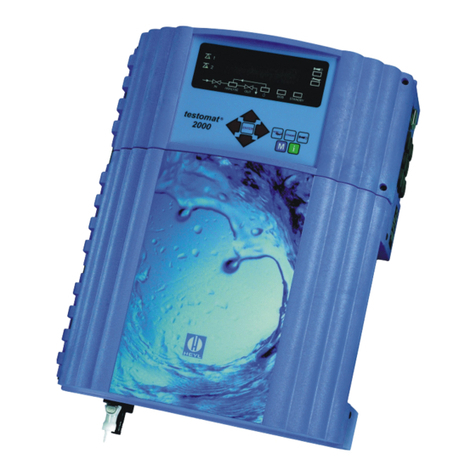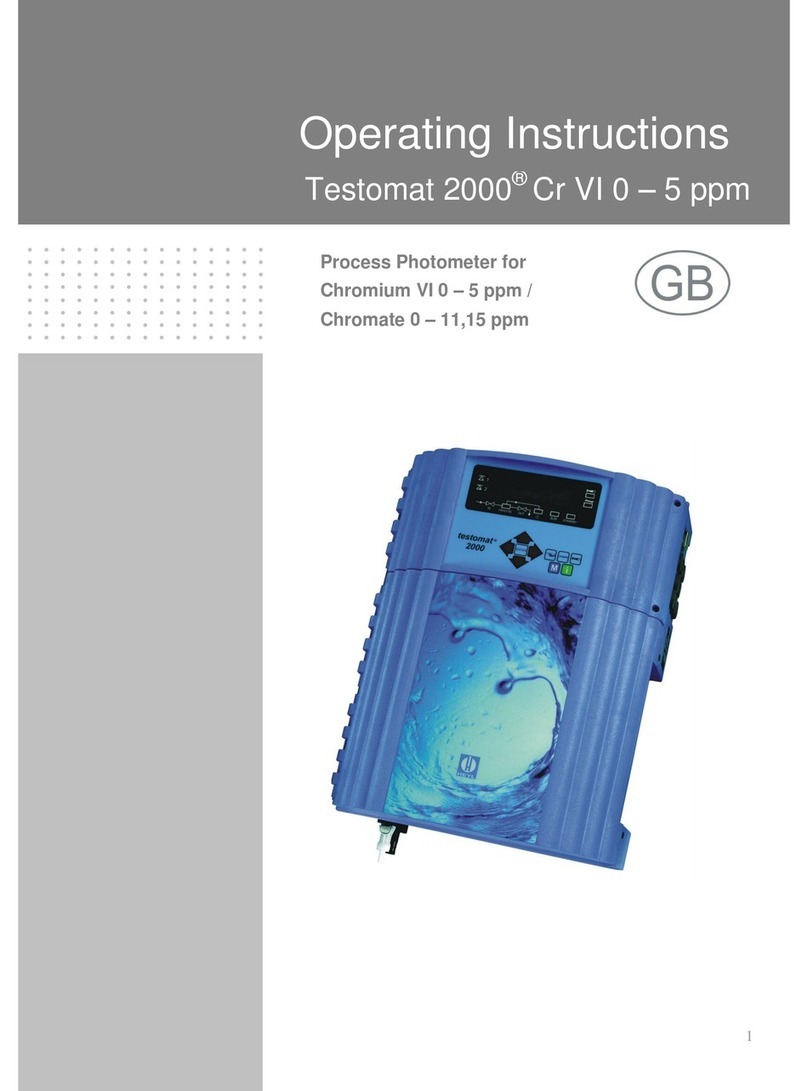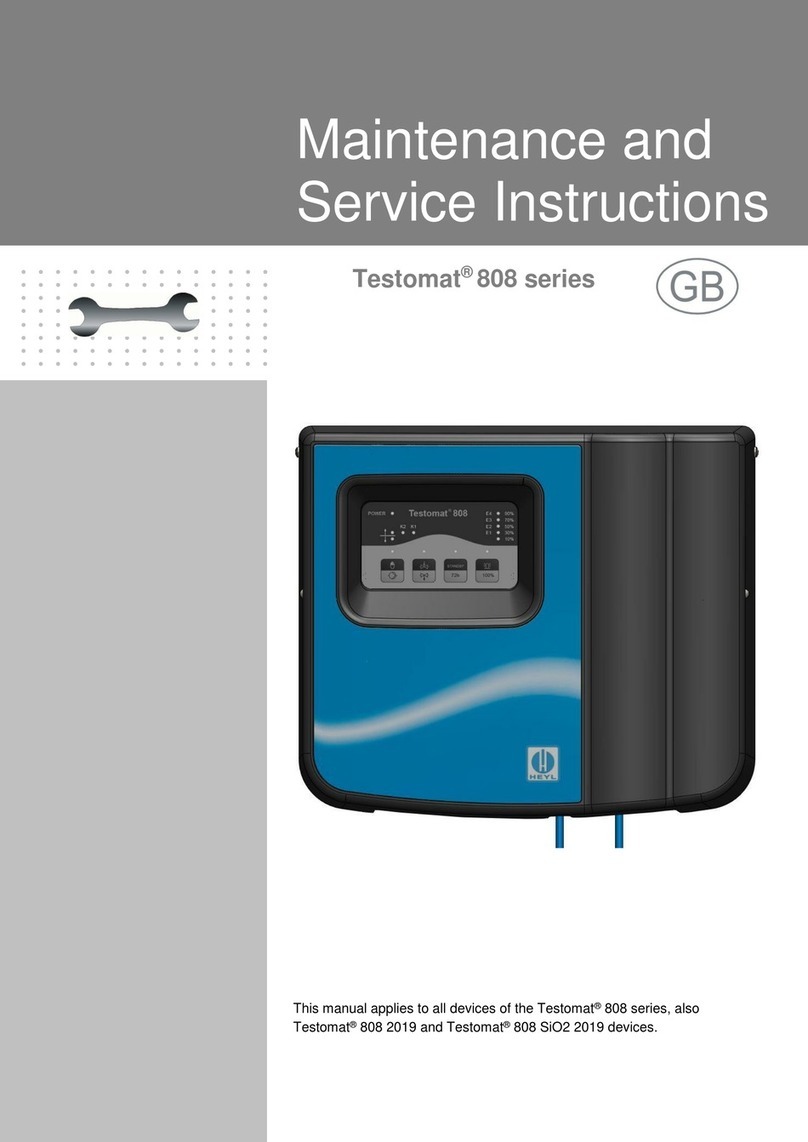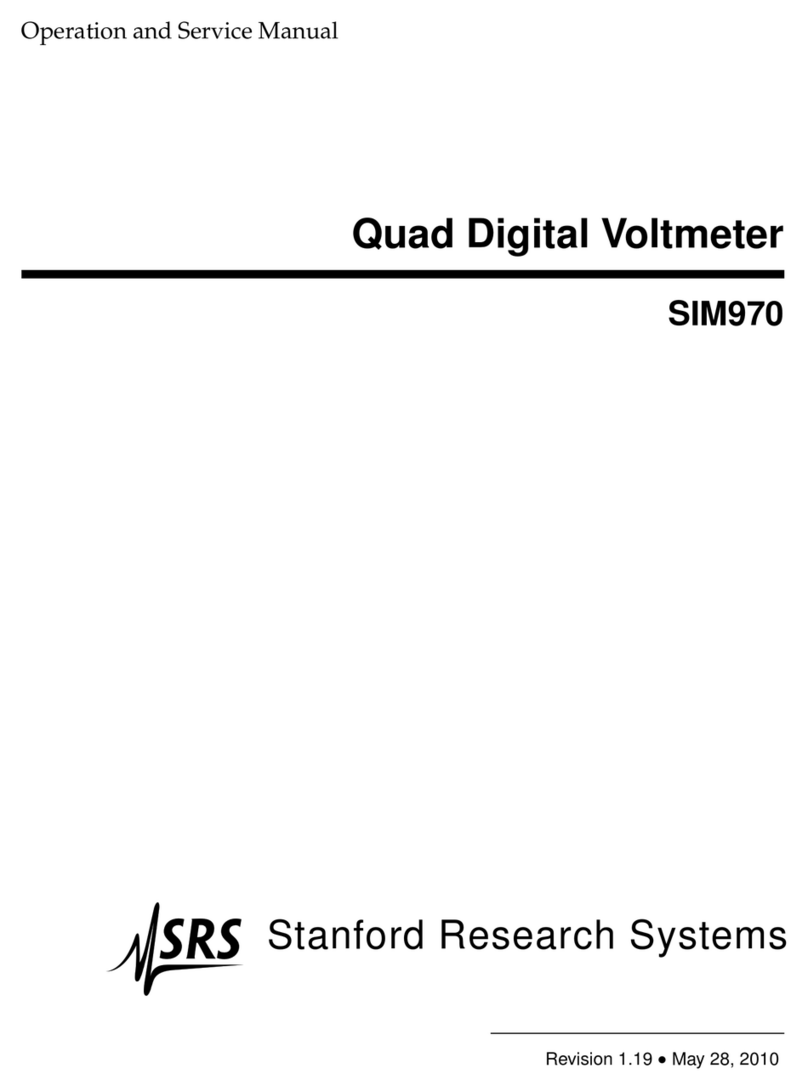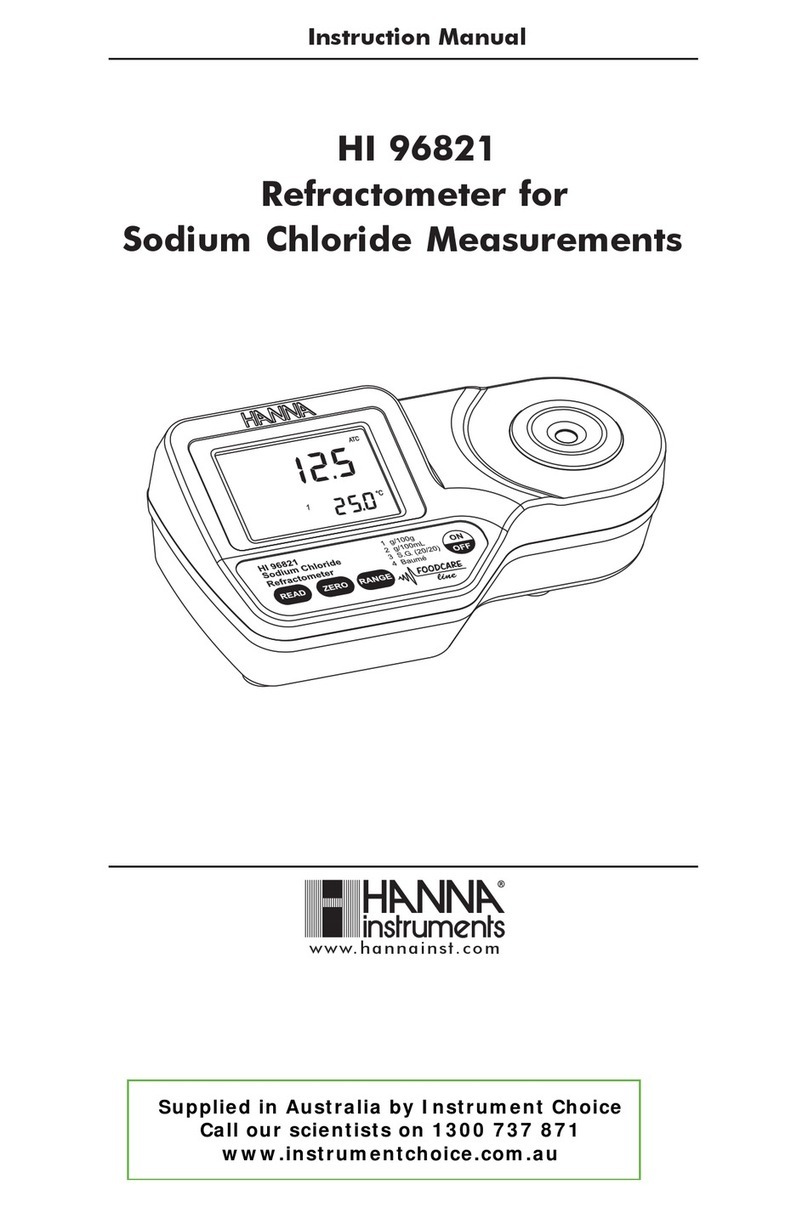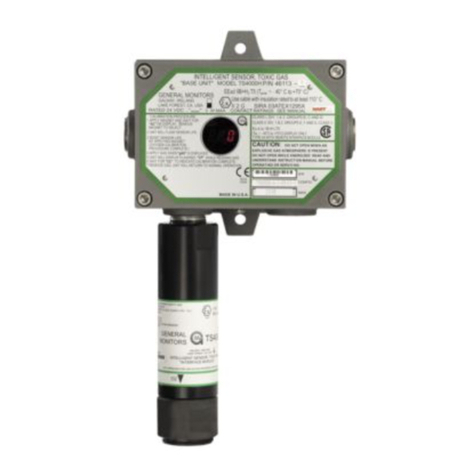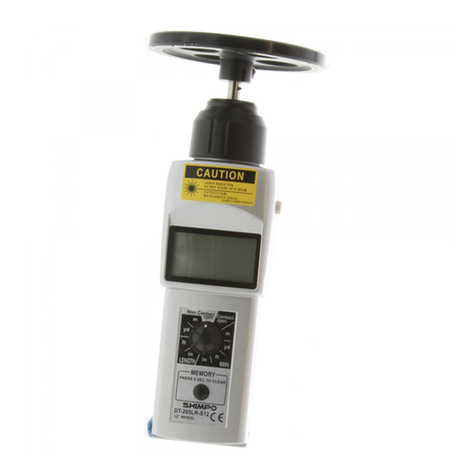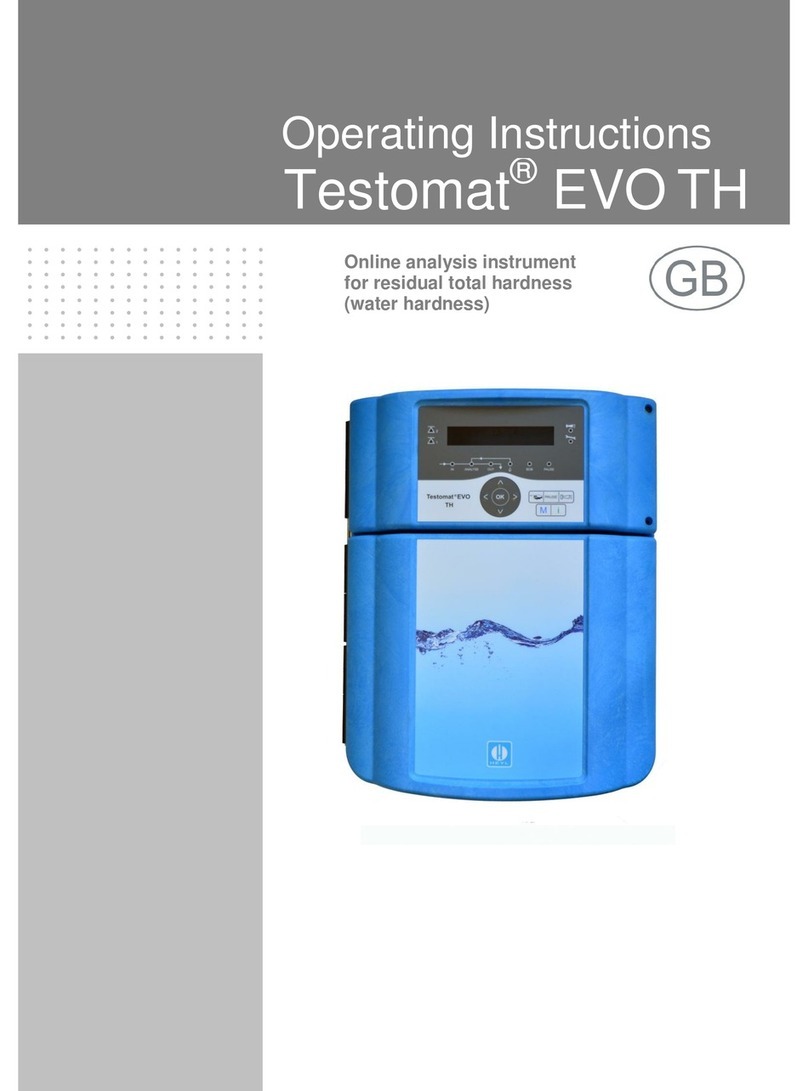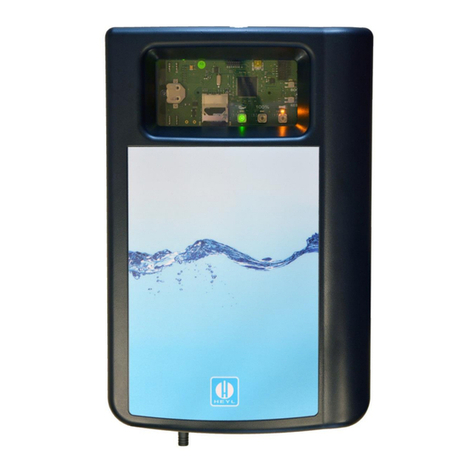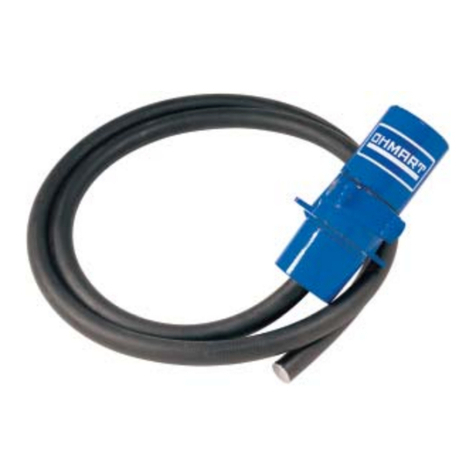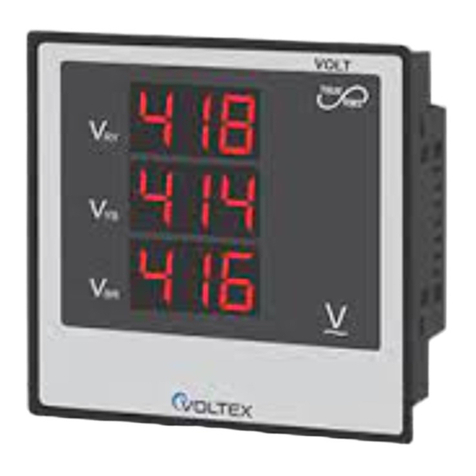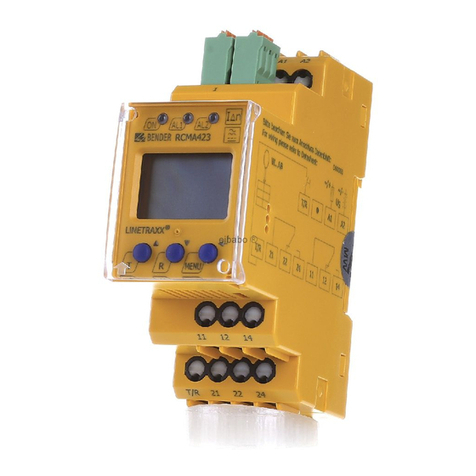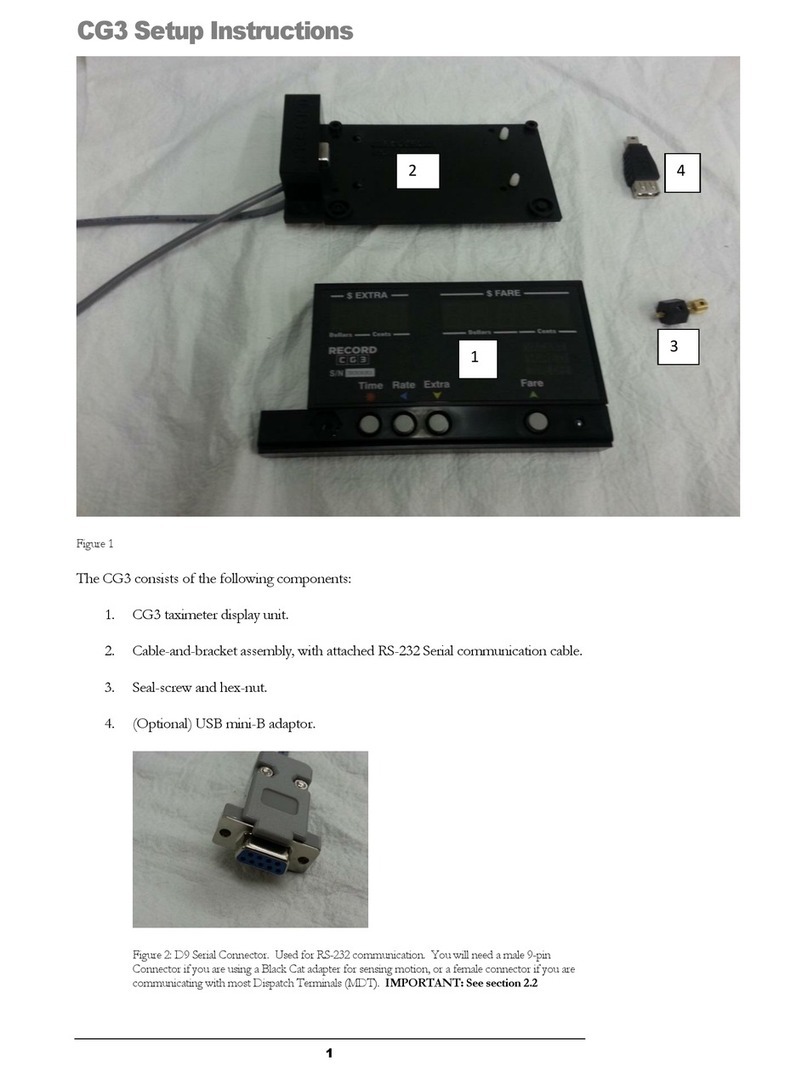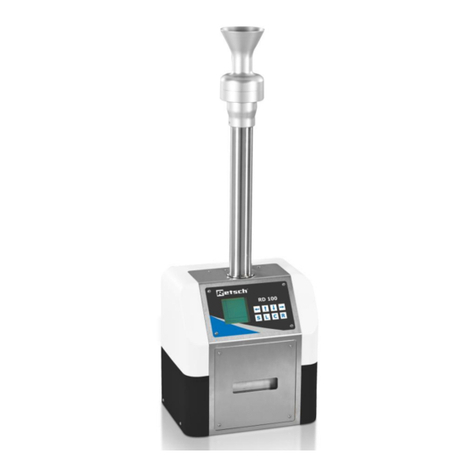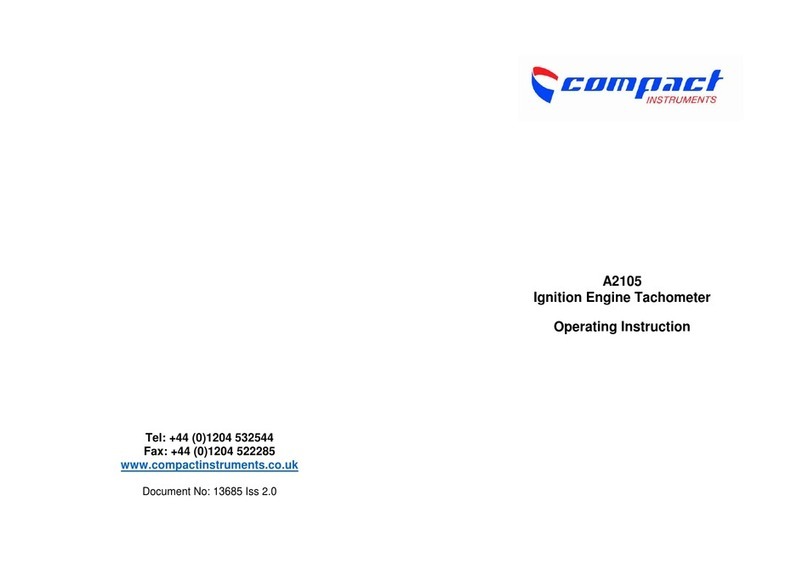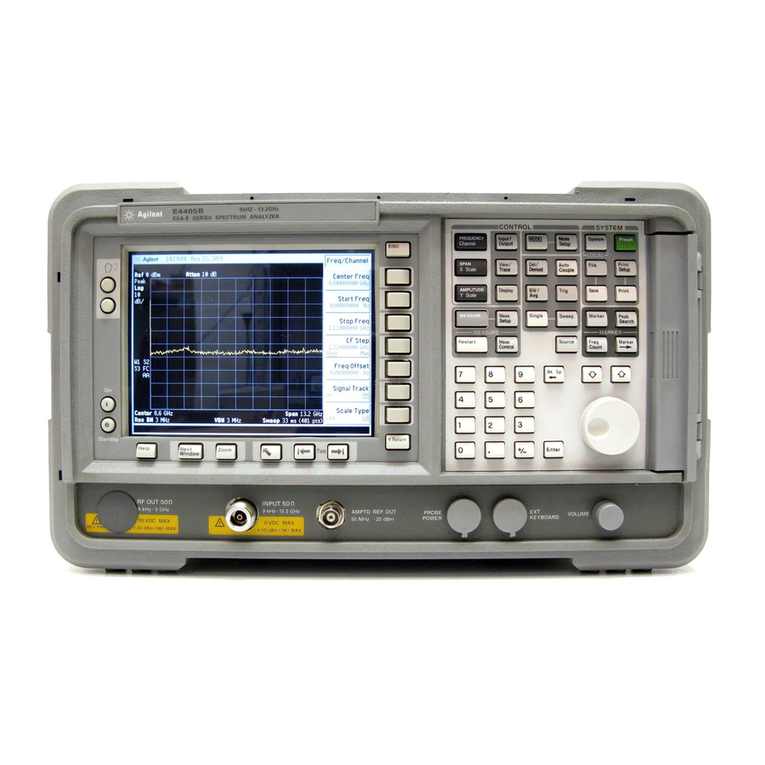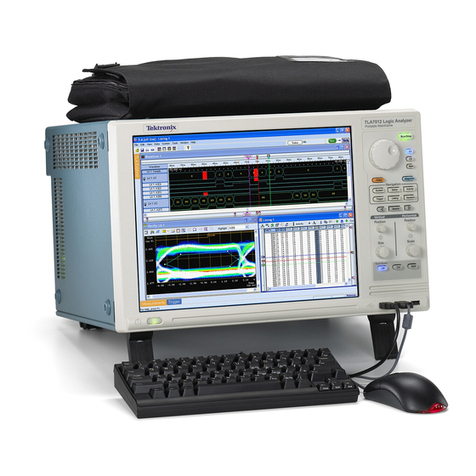Contents
2
Contents
Contents...............................................................................................2
Important safety information .............................................................4
Intended use .........................................................................................4
Qualification of the staff ........................................................................4
Warning notices in dthese instructions .................................................5
Further documents................................................................................5
Pay particular attention to..................................................................5
General instructions..............................................................................5
Properties of the measured water.........................................................5
Installation.............................................................................................6
Operation ..............................................................................................6
After switch-off and longer downtime....................................................6
Cleaning................................................................................................6
De-installation .......................................................................................6
Disposal ................................................................................................7
Scope of delivery ................................................................................7
Performance specifications...............................................................7
Indicators for Testomat ECO® instruments ...........................................8
Application instructions .........................................................................9
Installation.........................................................................................10
Operating Testomat ECO®in the pressure range 0.3 to 1 bar...........10
Installing Testomat ECO®...................................................................10
Connecting the water inlet and outlet .................................................11
Water inlet...........................................................................................11
Water outlet.........................................................................................11
Connecting the power supply and devices .........................................12
Block diagram Testomat ECO®...........................................................12
Internal design Testomat ECO®..........................................................13
Connecting the mains voltage.............................................................14
Connecting the plant components ......................................................15
Connecting the inputs and outputs .....................................................16
Commissioning.................................................................................17
Inserting the indicator bottle................................................................17
Extracting the indicator .......................................................................17
Opening the water inlet.......................................................................17
Instrument settings and data input......................................................18
Functions of the operating and display elements.........................18
Switching Testomat ECO® on/off ........................................................18
Display functions.................................................................................18
Operating elements and function keys ...............................................20
Operating system................................................................................21
Entering basic program data...........................................................22
Selecting the indicator and the bottle size ..........................................22
Selecting the operating mode.............................................................22
Selecting the time control....................................................................22
Setting the analysis interval (interval pause) ......................................23
Selecting the quantity control..............................................................23
Selecting the type of water meter .......................................................23
Selecting the quantity control/time priority..........................................24




















